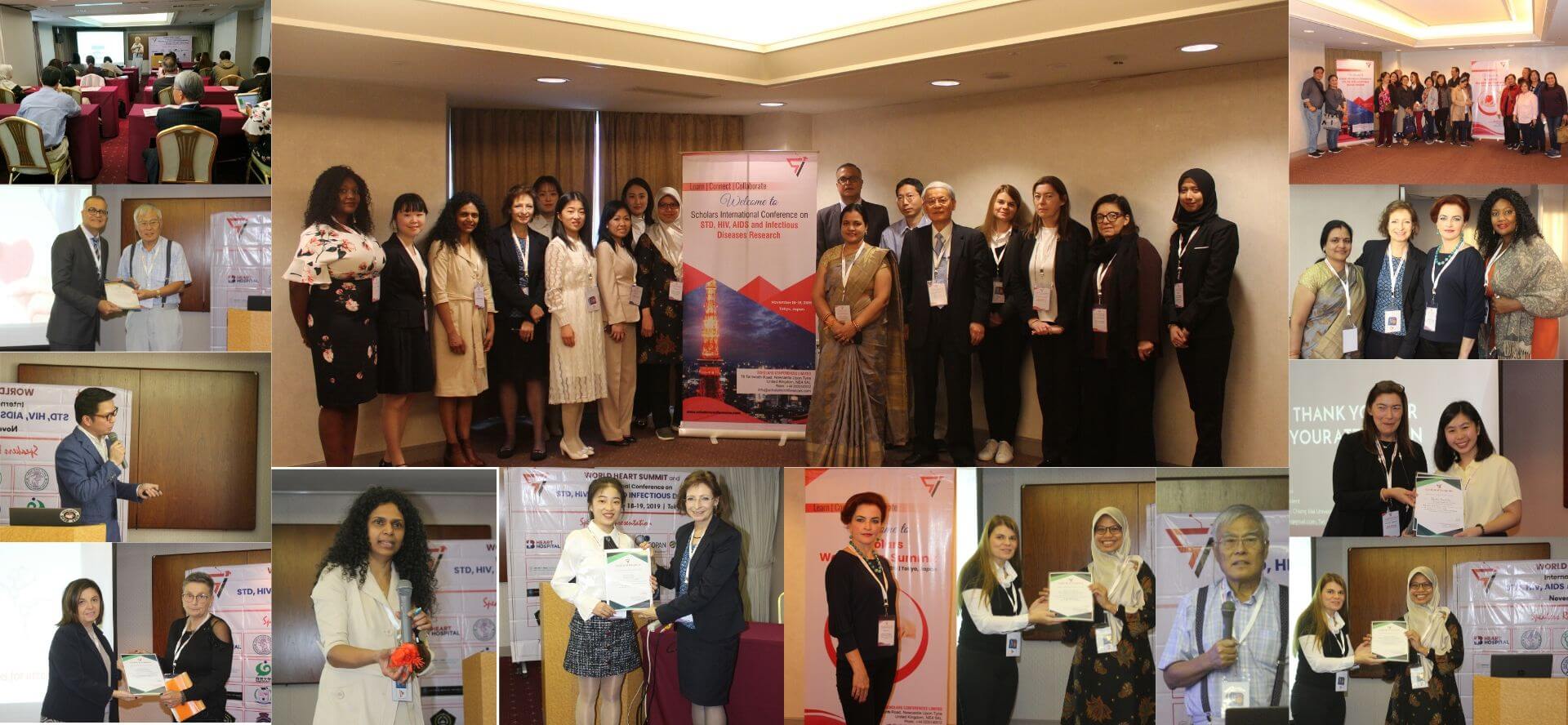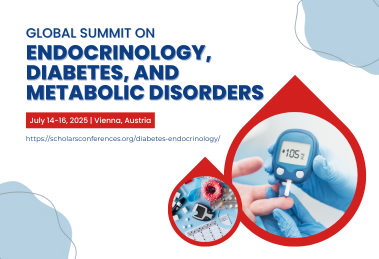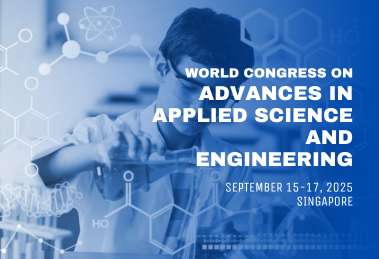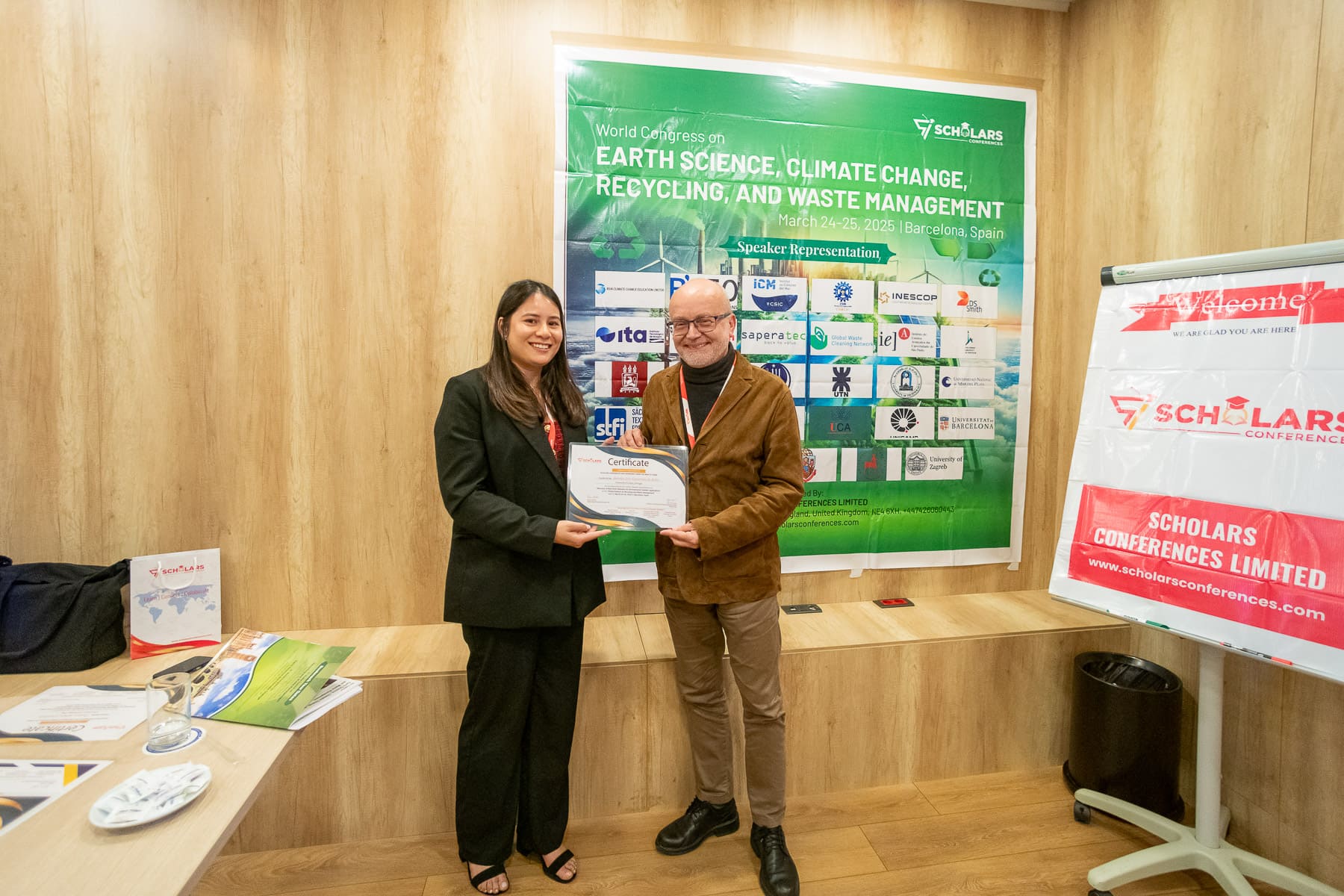
SCHOLARS CONFERENCES GLIMPSES
Scholars Conferences September 2024 Singapore Highlights
View Conferences Register Now






Scholars Conferences endeavors to disseminate the scientific knowledge and research through its Scientific Conferences and Meetings. Scholars Conferences is currently organizing International Conferences, Meetings, Workshops, Symposia and, Webinars with a main theme of “Accelerating the Cutting-Edge Scientific Research into Success by Bringing People Together”. We have a stable and growing client base that ranges from small and medium-sized organizations worldwide. Our production and management teams are located in the US, UK, Japan and India access to deep pools of subject matter experts.

Years Experience
Annual Events
Onsite Approach
Speakers
Attendees
Exhibitors
Countries
Media Partners
Scholars Conferences creates vibrant platforms across diverse engineering and science fields, uniting individuals and experts to foster knowledge sharing, collaboration, and mutual support.















































Scholars Conferences provides a Global Platform to Meet Inspiring Speakers and Experts at our International Conferences. Scholars Conferences specialize in organizing scientific based conferences within the Medical, Clinical, Pharma, Engineering, Science and, Technology.
SCHOLARS CONFERENCES LIMITED Company Number: 11892172 21 Clifton Road, Newcastle Upon Tyne, England United Kingdom, NE4 6XH
© COPYRIGHTS © 2025 . Scholars Conferences Limited. All Rights Reserved Terms & Conditions


















